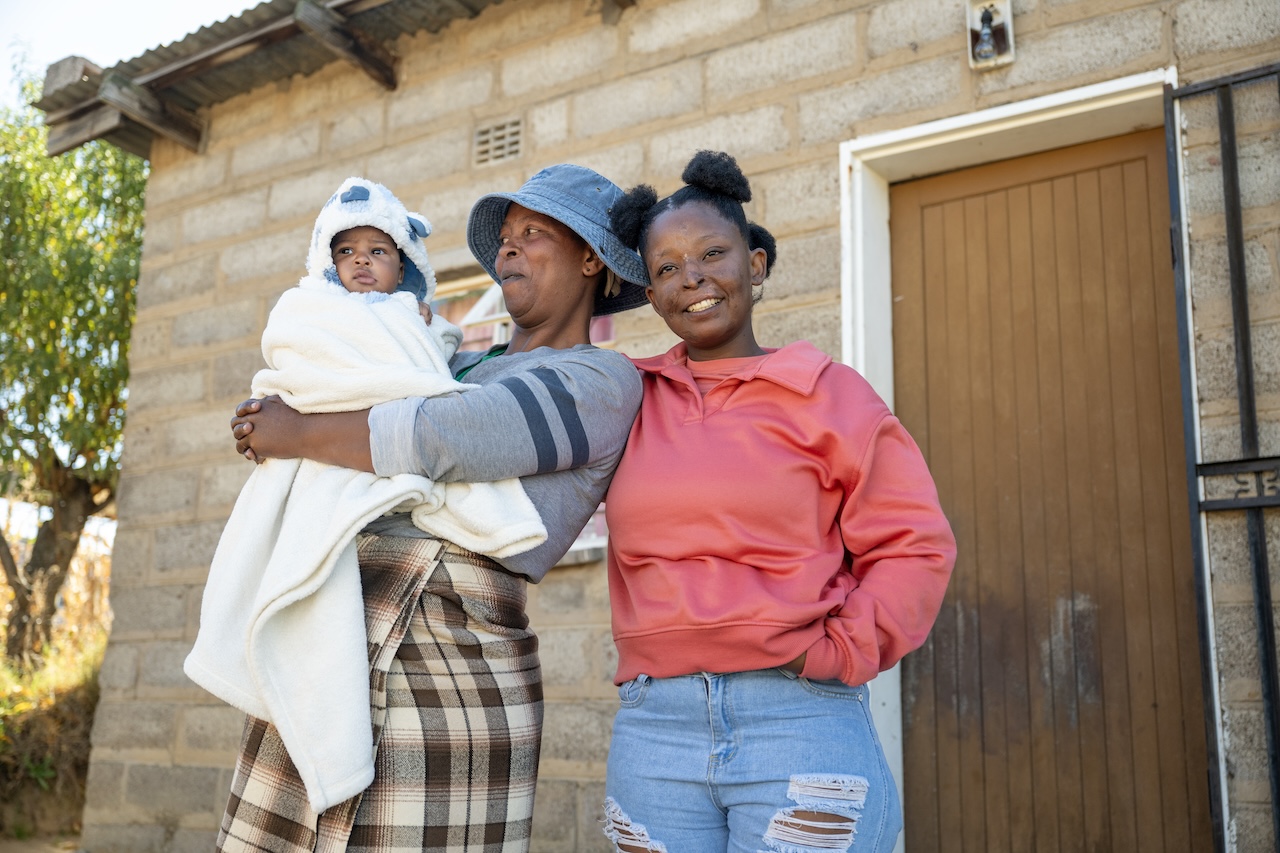On March 5-7, the Elizabeth Glaser Pediatric AIDS Foundation (EGPAF) participated in the African Union’s Inter-Agency Meeting on the Coordination and Harmonization of HIV/AIDS, Tuberculosis (TB), and Malaria (ATM) Strategies held in Brazzaville, Republic of Congo. Rhoda Igweta, senior public policy officer and Dr. John Ditekemena, country director for Democratic Republic of Congo (DRC) represented EGPAF at the meeting.
Partners from the United Nations (UN), regional economic communities, implementers, and civil society attended the meeting, which was themed, “Taking stock of Africa’s achievements, challenges and directions in responding to AIDS, TB and malaria.” The two-day discussions focused on the fact that despite recent progress, the international community must do more work in order to combat these diseases and reach the Millennium Development Goals (MDG) by the end of 2015.
There are enormous gaps and choking disparities related to access to antiretroviral therapy (ART) across countries in sub-Saharan Africa. Some countries, such as Botswana and South Africa, have been successful in expanding access to treatment, while other countries, such as DRC, Angola, and Ethiopia, continue to report low ART coverage. And within countries, significant coverage disparities remain between urban and rural regions.
Improving health services coverage in countries such as DRC and Nigeria that have poor health indicators would have a tremendous impact on global coverage and would contribute significantly to the achievement of MDG 4, 5 and 6, which focus on improving health outcomes for women and children worldwide.
The HIV/AIDS treatment disparity among adults and children was also covered during the meeting. With many infected children not being initiated on treatment, the situation is dire. EGPAF urged the African Union to consider steps to ensure that there is more accountability on ART coverage for children. An indicator regarding pediatric ART coverage should be part of essential information reported to heads of states on a regular basis.
Closely related to this treatment gap was the issue of increased HIV prevalence rates among adolescents in the region. ART and other HIV-related services are vital for HIV-positive adolescents, but retention is often compromised due to poor disclosure among this population. In many instances, adolescents don’t know why they are receiving ART. It was recommended that governments and implementing partners develop interventions to create awareness about HIV/AIDS care and treatment among adolescents.
While there is still much work to be done to reach MDGs 4, 5, and 6, there is significant momentum within the African Union to push forward. EGPAF will continue to work with the African Union and other African entities as we advance the elimination agenda and create a generation free of HIV.




